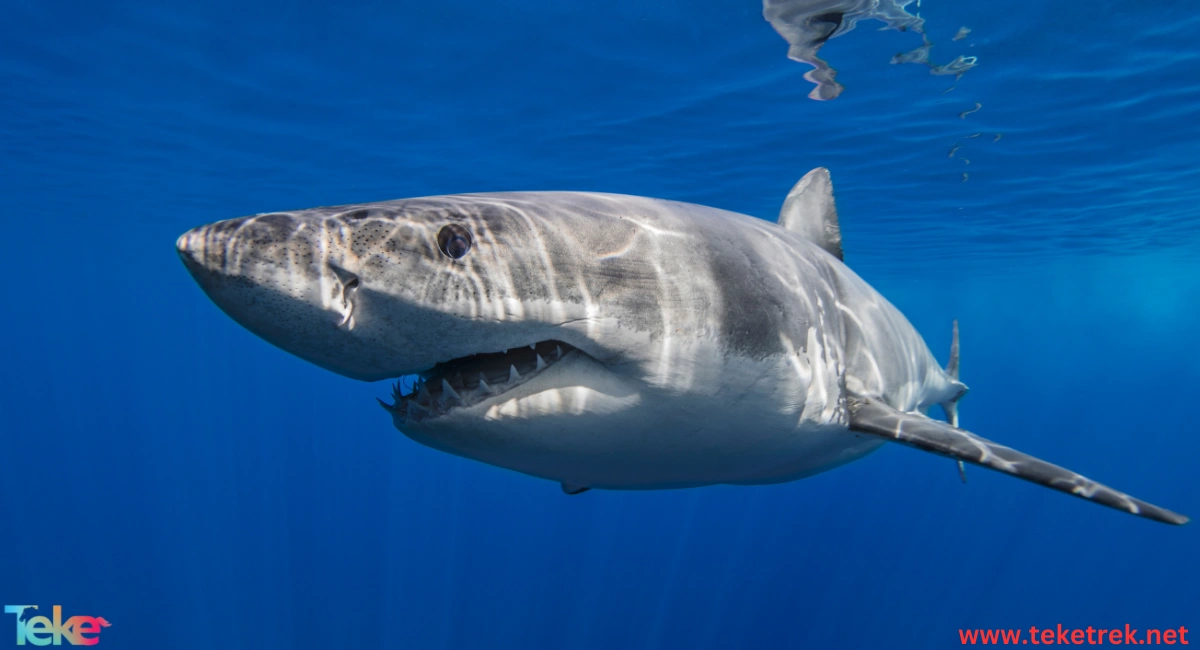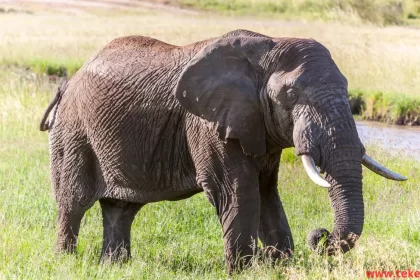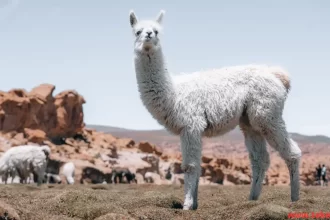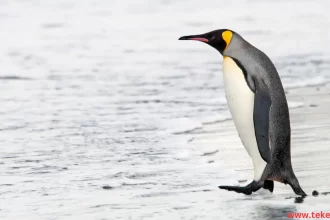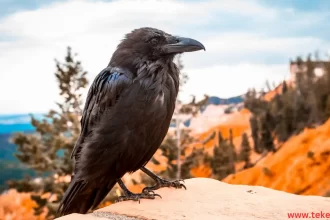The Great White Shark is the largest known predatory fish in the world. It has around 300 teeth, yet it does not chew its food.
Great White Sharks tear their prey into mouth-sized pieces and then swallow them whole. These sharks are crucial for maintaining ecological balance, especially since they feed on dead fish at the bottom of the sea.
Continue reading this article on TekeTrek to learn more about the Great White Shark.
Great white shark habitat
- Great White Sharks are marine animals found primarily in the waters of Australia and South Africa. However, they can also be found in temperate and tropical coastal waters around the world.
- The habitat preferences of adult Great White Sharks change as they age. Juveniles and sub-adults are likely to be found in coastal habitats. Adults typically inhabit open ocean ecosystems.
- However, large adults may venture closer to shore if there is a known food source, such as seal colonies or abundant marine life.

Great white shark diet
What eat great white sharks? Great White Sharks are carnivorous predators. Depending on their size and age, large Great White Sharks target crustaceans, mollusks, seabirds, as well as sea turtles and marine mammals, including sea lions, seals, dolphins, and even some whales. They also scavenge on carcasses such as dead whale carcasses, using their knife-like teeth to carve out pieces of decaying flesh.
Reproduction stages of the Great White Shark
- Large Great White Sharks are slow-growing and relatively slow to reproduce, which is not surprising given their enormous size. For example, some estimates suggest that females may not start reproducing until at least 30 years of age.
- Females give birth to pups every two or three years. Each litter typically consists of between two to 17 pups, each measuring between four and six feet. Each pup is born fully capable of hunting and surviving on its own and grows about 12 inches annually for the first five to six years of its life.
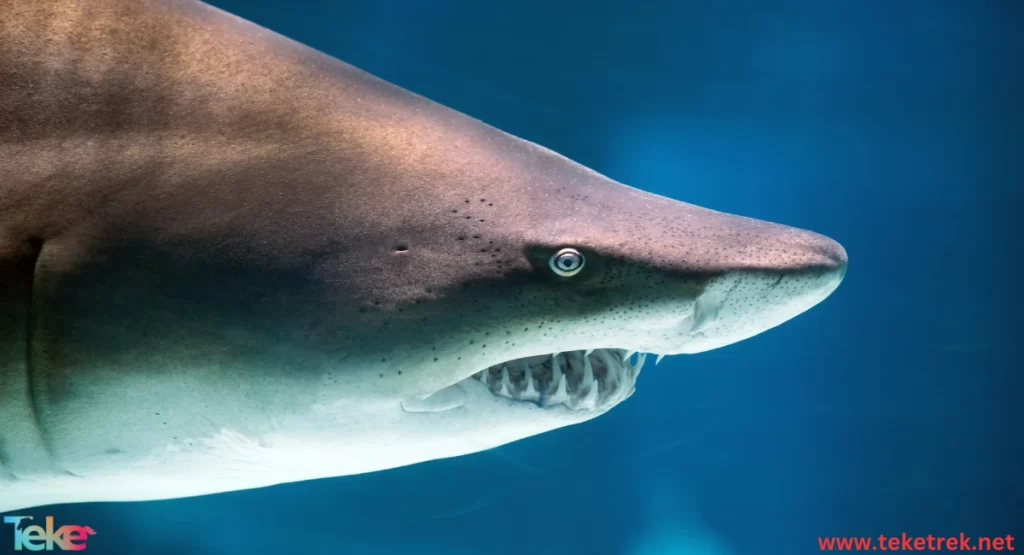

faqs about Great White Sharks
- Are large Great White Sharks endangered?
The International Union for Conservation of Nature (IUCN) lists the Great White Shark as vulnerable, and its population trend is decreasing. It’s very challenging to track their numbers and ranges, but we know they are threatened by illegal fishing and fishing practices.
- Where do large Great White Sharks live?
Large Great White Sharks can be found in all oceans but tend to avoid cold waters near the Antarctic and Arctic regions. They are frequently found in temperate waters where they can easily adapt to temperature and find abundant prey.
- Is great white shark aggressive?
In short, among the most dangerous types of sharks to humans include: the great white shark, the tiger shark, the bull shark, the whale shark, and the gray whale shark. These species are considered one of the largest and most famous sharks known to be dangerous to humans.
- How aggressive are great white sharks?
Great White Sharks are apex predators known for their power, but they are not inherently aggressive towards humans. Attacks are rare and often result from mistaken identity or investigative behavior rather than intentional aggression.
- Are great white sharks the deadliest?
Great White Sharks are not the deadliest sharks in terms of the number of human fatalities they cause each year. While they are apex predators and their size and power make them formidable, their interactions with humans are relatively rare and often not fatal.
- How long do great white sharks get?
Great White Sharks can reach impressive lengths, with adult individuals typically ranging from 3.5 to 6 meters (11 to 20 feet) long. However, some exceptionally Great white shark height specimens have been recorded exceeding 7 meters (23 feet) in length. Great white shark size can vary based on factors like age, gender, and available food sources.
- How much is Great white shark lifespan?
The white shark lives about 70 years.
In conclusion, Great White Sharks are opportunistic predators, feeding from the ocean surface to the seabed. As they grow larger, their prey range expands as well. They prey on smaller fish, sharks, crustaceans, and when larger, they also feed on seals, sea lions, dolphins, seabirds, sea turtles, other sharks, and sometimes even whales.

